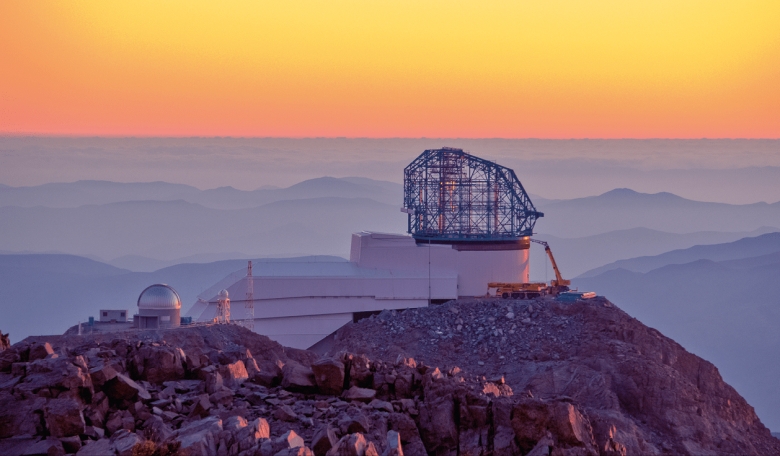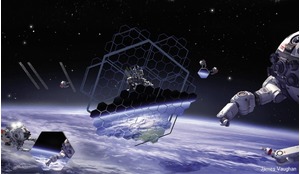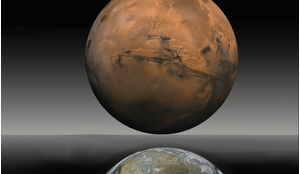Soon the number of artificial light sources visible across out night skies could outnumber natural stars, a disturbing scenario that would become a reality if ambitious current projects to build mega-constellations of artificial satellites for worldwide Internet access are completed. As David Galadí-Enríquez explains, the intensive use of low Earth orbit by these new satellite networks is already proving detrimental - whether from an aesthetic, cultural or scientific point of view - to our view of the night sky.
Artificial satellites have been a part of the night sky since the dawn of the Space Age in 1957, and a good number of spacecraft can be observed with the naked eye on any night, after sunset and before sunrise, when the sky is dark but direct sunlight still illuminates the satellites. This naked-eye observation of satellites reveals objects in low Earth orbit (LEO), and the spacecraft observable from any location on Earth can be predicted by means of online tools such as Heavens-Above (www.heavens-above.com). Moreover, any amateur telescope reveals fainter objects, allowing even the observation of geostationary satellites.
There is no doubt that the linear tracks of these artificial satellites produced by long-exposure imaging techniques are detrimental to professional wide-field astro-photography. However, to date, many amateur astronomers have enjoyed tracking the satellites and the International Space Station (ISS), and registering the impressive flashes caused by the older Iridium satellites.
The European Space Agency’s Space Debris Office estimates there are currently some 22,000 artificial objects of considerable size (several tens of centimetres or larger) orbiting around Earth, only 2300 of which are functioning satellites. The remainder constitute the population normally known as space debris or space junk, a swarm of objects comprising anything from abandoned satellites and rocket upper stages to fragments from explosions and collisions, and even tools unintentionally released by astronauts.














